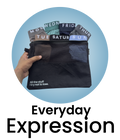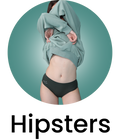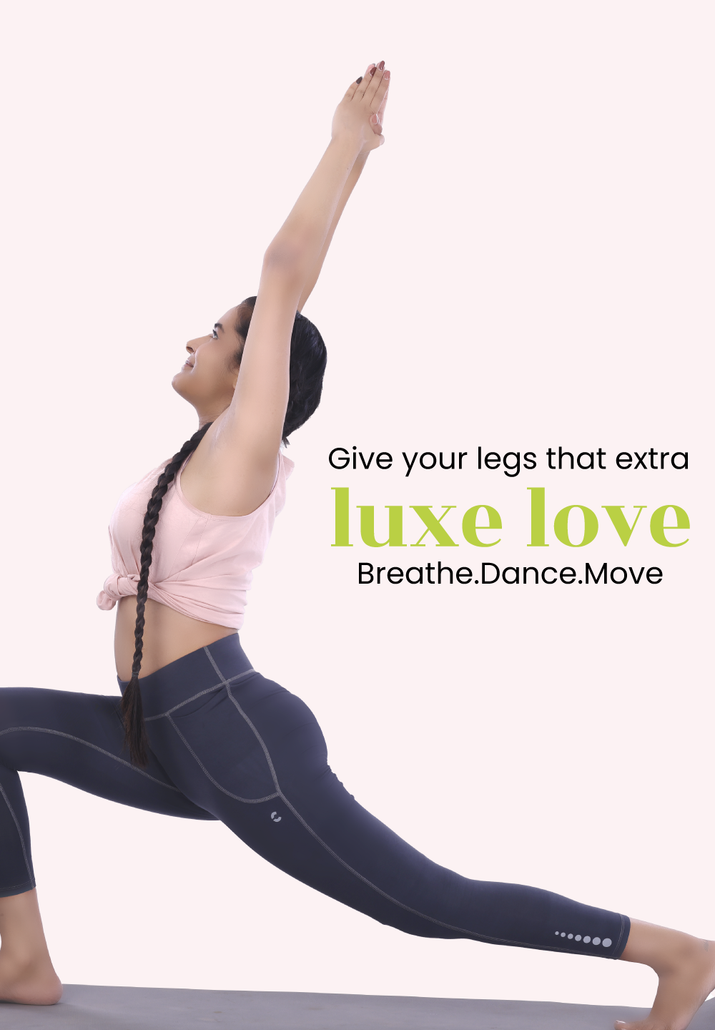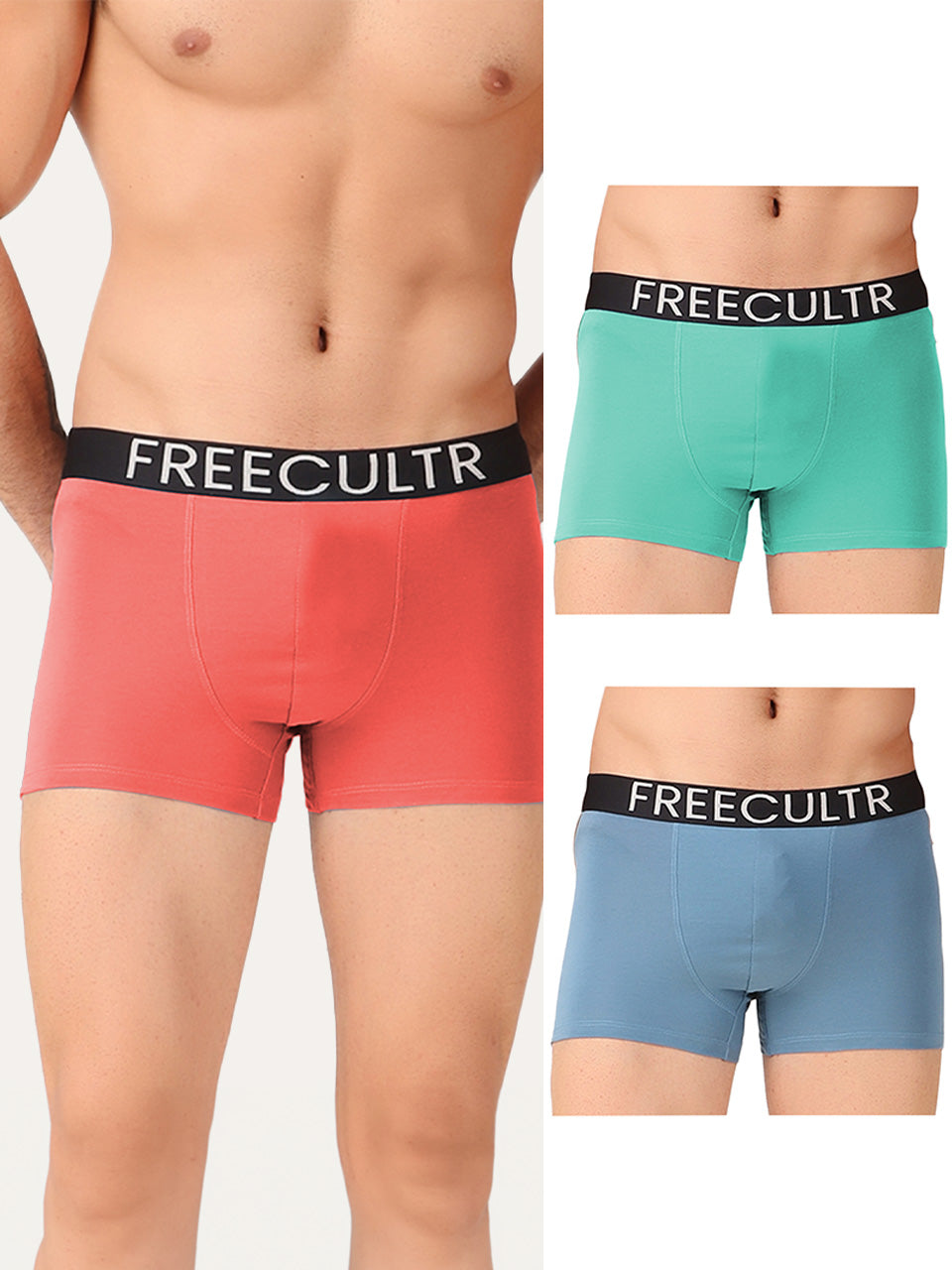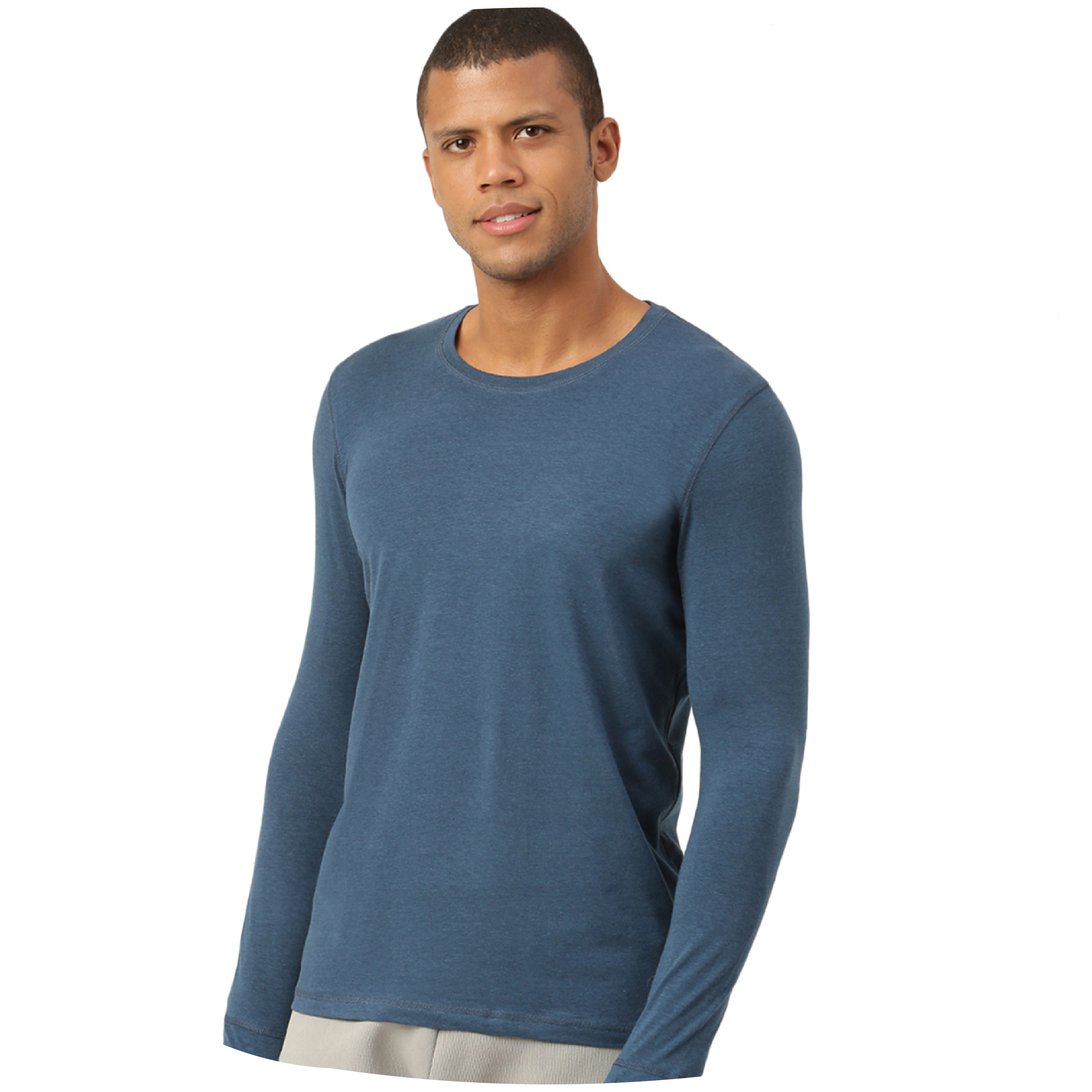Beyond mere activewear, women's leggings are now a cornerstone of versatile wardrobes, blending seamlessly into everything from athleisure to professional looks. But finding the perfect pair involves navigating a market saturated with options promising comfort and fit. We'll explore how advancements in fabric technology, like moisture-wicking microfibers and compression knits, address common issues such as sagging, transparency. Lack of support. Focusing on key design elements – waistband construction, gusset placement. Seam engineering – we reveal how these impact shaping and movement. Ultimately, we'll demonstrate how to assess leggings based on activity level, body type. Personal style preferences, empowering informed choices for optimal comfort and a truly flattering silhouette.

The Fabric of Comfort: Understanding Legging Materials
Leggings have evolved from purely athletic wear to a staple in the modern woman's wardrobe. A key factor in their comfort and flattering fit is the fabric they're made from. Here's a breakdown of common materials:
- Cotton Blends: Often blended with spandex or Lycra, cotton leggings offer breathability and a soft feel. But, they may lose their shape and can be prone to fading and pilling over time.
- Polyester Blends: Known for their durability and moisture-wicking properties, polyester blends (often with spandex) are ideal for workouts. They resist shrinking and wrinkles, maintaining their shape well.
- Nylon Blends: Similar to polyester, nylon blends are durable and offer excellent stretch and recovery. They tend to be smoother and more luxurious to the touch than polyester, making them suitable for both athletic and everyday wear.
- Lycra/Spandex: This isn't typically used alone but is a crucial component in blends. Lycra (also known as Spandex) provides the stretch and recovery that allows leggings to conform to the body's shape. The higher the percentage of Lycra, the more compressive and form-fitting the leggings will be.
-
Specialty Fabrics: Some leggings utilize innovative fabrics like:
- Modal: A semi-synthetic fiber made from beech tree pulp, offering exceptional softness and drape.
- Tencel (Lyocell): An eco-friendly fiber also made from wood pulp, known for its moisture-wicking, antibacterial. Gentle-on-skin properties.
- Supplex: A type of nylon that combines the softness of cotton with the durability of nylon, often used in activewear.
When choosing leggings, consider the intended use. For workouts, a polyester or nylon blend with a good percentage of Lycra is ideal. For lounging or everyday wear, a cotton or modal blend might be more comfortable. Consider the trade-offs between breathability, durability. Shape retention.
Decoding the Fit: Waistband Heights and Compression Levels
The fit of leggings significantly impacts both comfort and how flattering they appear. Two key aspects to consider are waistband height and compression level.
-
Waistband Heights:
- High-Waisted: These leggings sit at or above the natural waist, providing tummy control and a secure fit. They're popular for both workouts and everyday wear, offering a streamlined silhouette.
- Mid-Rise: Sitting just below the natural waist, mid-rise leggings offer a comfortable and versatile option. They're a good choice for those who find high-waisted leggings too restrictive.
- Low-Rise: These leggings sit on the hips and are less common now due to their tendency to slip down.
-
Compression Levels:
- Low Compression: These leggings offer a gentle hug and are ideal for lounging or everyday wear. They provide minimal support but are incredibly comfortable.
- Medium Compression: Providing a more secure and supportive fit, medium compression leggings are suitable for light workouts and activities. They can help improve circulation and reduce muscle fatigue.
- High Compression: Designed for high-intensity workouts, high compression leggings offer maximum support and muscle stabilization. They can enhance performance and reduce the risk of injury. But, some may find them too restrictive for everyday wear.
Choosing the right waistband height and compression level depends on personal preference and the intended activity. Experiment to find what feels most comfortable and flattering for your body type.
Beyond Basic Black: Colors, Patterns. Style Details
Leggings come in a vast array of colors, patterns. Styles, allowing for self-expression and versatility in your wardrobe. Here’s a look at what’s available:
-
Colors:
- Black: The classic and most versatile option, black leggings pair well with almost anything.
- Neutrals: Gray, navy. Brown are other popular neutral options that can be easily incorporated into various outfits.
- Bold Colors: Bright colors like red, blue. Green can add a pop of personality to your look.
-
Patterns:
- Solid: The most basic and versatile option.
- Prints: Floral, geometric, animal prints. Other patterns can add visual interest to your outfit.
- Textured: Ribbed, cable-knit, or other textured leggings offer a unique and stylish look.
-
Style Details:
- Seams: Strategically placed seams can enhance the shape and create a more flattering silhouette.
- Pockets: Side pockets or hidden waistband pockets are practical for carrying small essentials.
- Mesh Panels: Mesh inserts can add ventilation and a sporty touch.
- Stirrups: Stirrup leggings have a loop that goes around the foot, preventing them from riding up.
- Faux Leather: These leggings offer a edgy and stylish alternative to traditional fabrics.
Consider your personal style and the intended use when choosing colors, patterns. Style details. Solid colors are generally more versatile, while patterns can add a touch of personality. Details like pockets and mesh panels can enhance functionality.
The Opaque Factor: Avoiding See-Through Embarrassment
One of the most common concerns when buying leggings is opacity. No one wants to be caught in see-through leggings! Here’s how to ensure your leggings are squat-proof:
- Fabric Density: Thicker fabrics are generally more opaque. Look for leggings with a higher fabric weight (measured in grams per square meter or GSM).
- Fiber Content: Tightly woven fabrics like nylon and polyester are less likely to become see-through than cotton blends.
- Stretch Test: Before buying, stretch the fabric to see if it becomes transparent. If you can see your hand through the stretched fabric, it's likely to be see-through when worn.
- Color: Darker colors, especially black, are more opaque than lighter colors.
- Lining: Some leggings have a built-in lining for added opacity.
Always perform the stretch test before purchasing leggings, especially if buying online. Reading reviews can also provide valuable insights into the opacity of different brands and styles.
Leggings Care: Extending the Life of Your Favorite Pair
Proper care is essential for extending the life of your leggings and maintaining their shape and color. Here are some tips:
-
Washing:
- Turn Inside Out: This helps prevent fading and pilling.
- Use a Gentle Cycle: Wash leggings in cold water on a gentle cycle.
- Use a Mild Detergent: Avoid harsh detergents that can damage the fabric.
- Wash with Similar Colors: This prevents color bleeding.
-
Drying:
- Air Dry: The best way to dry leggings is to air dry them. Lay them flat or hang them up to dry.
- Avoid the Dryer: High heat can damage the elastic fibers and cause leggings to shrink or lose their shape. If you must use a dryer, use a low heat setting.
-
Storage:
- Fold or Roll: Store leggings folded or rolled to prevent wrinkles.
- Avoid Hanging: Hanging leggings can stretch them out of shape.
-
Other Tips:
- Avoid Abrasive Surfaces: Be mindful of rough surfaces that can snag or pill the fabric.
- Wash After Each Wear: Washing leggings after each wear helps remove sweat and oils that can damage the fabric over time.
By following these care tips, you can keep your leggings looking and feeling their best for longer.
Conclusion
Let's view leggings not just as clothing. As a foundation for self-expression and comfort. You've learned how to identify quality fabrics, comprehend the importance of a flattering fit. Discovered the versatility leggings offer. Now, the real journey begins with experimentation. Don't be afraid to step outside your comfort zone. Try pairing unexpected textures and colors. Most importantly, trust your intuition. My personal style tip? Always consider the occasion. A sleek, dark pair of leggings can easily transition from a workout to a casual evening out with the right top and accessories. And remember, confidence is the ultimate accessory. The most common pitfall is sacrificing quality for price; invest in a few well-made pairs that will last. Embrace the freedom and comfort leggings provide and confidently create outfits that reflect your unique style. It's time to make leggings work for you, empowering you to feel your best, every single day.
FAQs
Okay, so what exactly makes these leggings so comfy? Is it just hype?
Not hype, friend! It's a few things working together. Think super-soft, breathable fabric (often a blend of nylon and spandex), a seamless design that minimizes chafing. A waistband that's snug but doesn't dig in. , they feel like a second skin – a really nice second skin.
Flattering fit, huh? What does that even mean for leggings?
It means they're designed to hug your curves in all the right places and smooth out any lumps or bumps you might be self-conscious about. High-waisted styles are great for this, as they cinch in your waist and create a longer leg line. Look for leggings with a good amount of stretch and recovery so they don't sag or lose their shape.
Are these leggings see-through? That's my biggest fear!
You're not alone! Opacity is key. Generally, thicker fabrics and darker colors are less likely to be see-through. Do the 'squat test' in good lighting before you head out – bend over and make sure you can't see anything you shouldn't! Leggings designed for workout purposes are usually a safer bet when it comes to opacity.
What's the best way to wash them to keep them looking good?
Treat them gently! Wash them inside out on a cold, delicate cycle. Skip the fabric softener, as it can damage the fibers. And definitely hang them to dry – the dryer is their enemy and can cause them to shrink or lose their elasticity.
Can I actually wear these out and about, or are they just for the gym?
Absolutely you can wear them out! Leggings have become a wardrobe staple. Dress them up with a tunic and boots or keep it casual with a sweatshirt and sneakers. Just make sure they're not too sheer for your intended outing!
High-waisted, mid-waisted… what's the deal with the waistband height?
It's all about personal preference! High-waisted leggings sit at or above your natural waist, offering tummy control and a streamlined silhouette. Mid-waisted leggings sit just below your belly button and are a good option if you find high-waisted styles uncomfortable. Try both to see what feels best and looks best on your body.
Do all leggings pill? How can I prevent that?
Unfortunately, pilling can happen, especially on fabrics that experience a lot of friction. To minimize it, wash your leggings inside out, avoid rough surfaces (like abrasive washing machines!). Consider using a fabric shaver to gently remove any pills that do appear.

